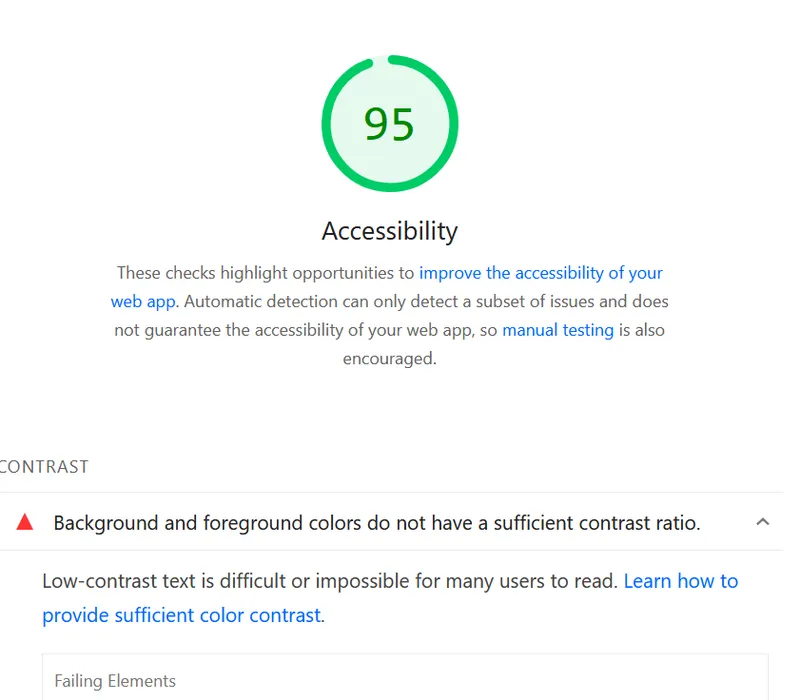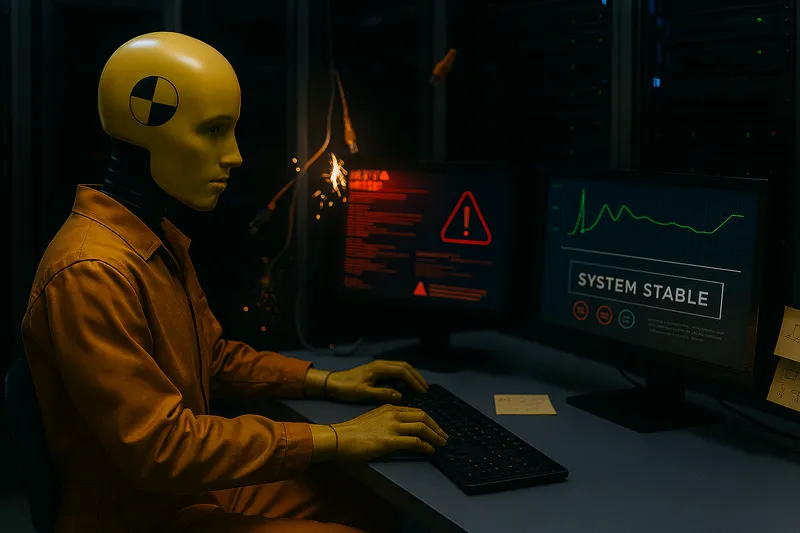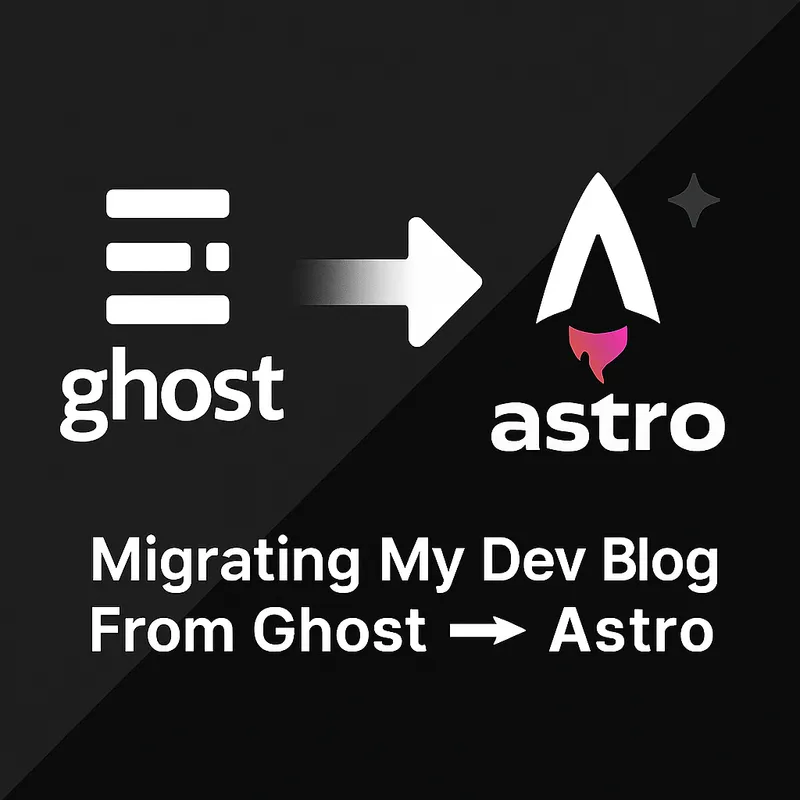The Power of Psychological Safety in High-Performing Teams
Published on 06/06/2023 10:38 AM by Eph Baum

I have wanted for awhile to re-visit the topic of Psychological Safety after my previous post on the topic to create a slightly more succinct an thoughtful post. Here it is:
In the corporate world, the pursuit of high-performing teams is a top priority. Many businesses focus on acquiring top talent or creating the perfect blend of complementary skills within a team. While these are important aspects, they are not the only factors that drive a team’s success. A key element that often gets overlooked is the concept of psychological safety.
Psychological safety, as defined by Harvard Business School professor Amy C. Edmondson, is “a shared belief by members of a team that the team is safe for interpersonal risk-taking.” This means team members feel comfortable voicing their opinions, taking moderate risks, and making mistakes without fear of judgment or negative repercussions. They feel accepted and respected, which contributes to a positive team dynamic and facilitates the sharing of ideas and knowledge.
This concept of psychological safety was further supported by Google’s Project Aristotle. This project, which began in 2012, studied hundreds of Google’s teams to identify what makes a team effective. Surprisingly, the research showed that who is in the team mattered less than how the team members interacted and made contributions. One of the key dynamics of high-performing teams identified was psychological safety - the ability of team members to take risks without feeling insecure or embarrassed.
Creating a psychologically safe environment involves a few crucial steps. Firstly, experimentation should be encouraged. This allows for the growth of innovative thinking and promotes a culture of learning. Secondly, it’s essential to make it clear that mistakes are part of the learning process. Instead of rushing to find a solution when a mistake is made, take the time to explore why the mistake was made as a team. This can help the team evolve and avoid making the same mistakes in the future.
Additionally, as a leader, it’s crucial to ask questions and demonstrate vulnerability. This not only shows that you don’t know everything, but it also sends a message that the workplace is a safe environment where employees can be vulnerable and learn. Finally, openly sharing knowledge can help your teams learn, innovate, and grow within a psychologically safe space.
Psychological safety not only contributes to a positive and inclusive culture, but it also leads to better performance, higher employee engagement, and lower turnover rates. By focusing on fostering psychological safety, businesses can cultivate high-performing teams and realize their full potential.
Remember, the strength of a team lies not just in the collective skills of its members, but also in the quality of their interactions and the safety they feel when taking risks together.
Creating a psychologically safe environment might take time, but the benefits it brings in terms of team performance and employee satisfaction make it well worth the effort.





